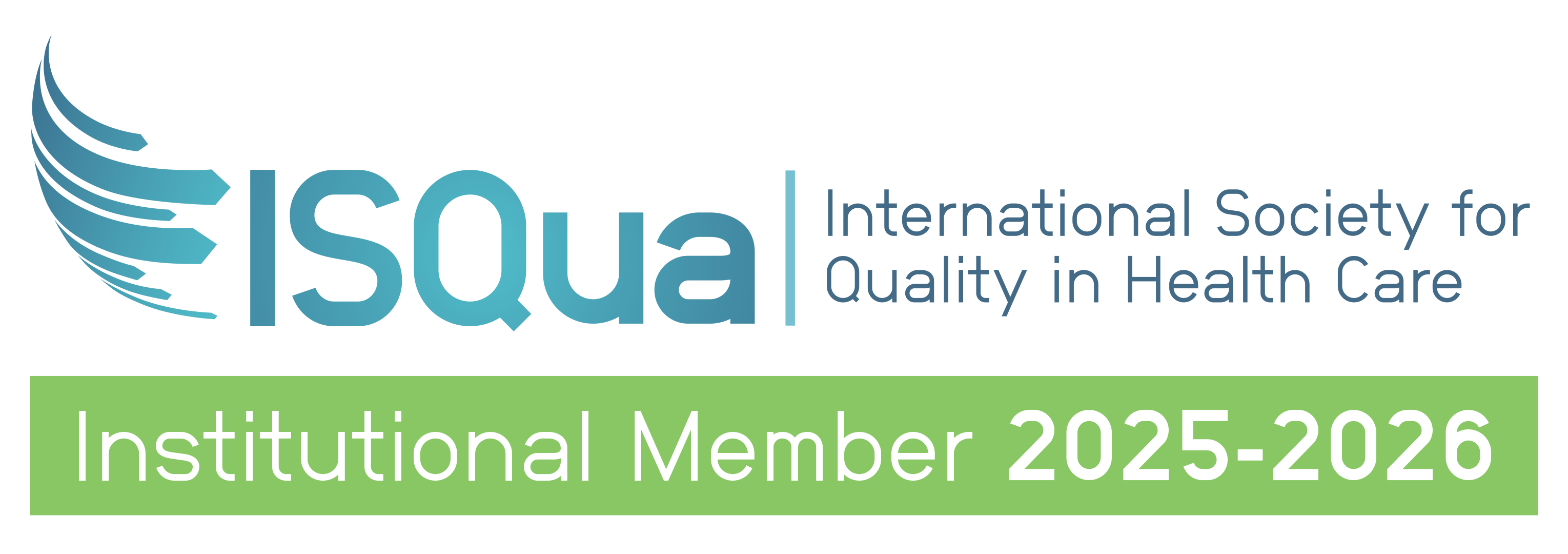.png?width=800&auto=format)
An ACHS Assessor’s Extraordinary Commitment to Care
Garth Healey drove 600km through Cyclone Alfred to ensure a patient received life-saving care.
We are proud to showcase the dedication and impact of our ACHS Assessors, whose work strengthens healthcare safety and quality across the country.
Garth Healey, Chief Operating Officer at Stem Cell Donors Australia, has been an ACHS Assessor since 2009. Earlier this year, Garth drove 600km through Cyclone Alfred to deliver life-saving donor stem cells, a powerful example of his commitment to patient care. We interviewed Garth to learn more about that day, the high-stakes work of donor coordination, and his insights from over a decade in healthcare leadership and accreditation.
1. We’ve heard the incredible story of you driving 600km through Cyclone Alfred to deliver life-saving donor stem cells. Can you walk us through what happened and what motivated you to take such action?
During Cyclone Alfred, extreme weather had grounded flights and blocked major routes. Stem Cell Donors Australia, the organisation I work for, had a delivery of urgent blood stem cells arriving from USA the day that the Cyclone Alfred was predicted to make landfall. As there was no other delivery method was viable when the cells arrived in the country, and knowing the critical timeframe for transplantation for the waiting patient, I didn’t hesitate in providing the option to drive. My motivation was simple: someone’s life depended on it. I’ve always believed that if you’re in a position to help, you do—no matter the circumstances.
2. Searching and matching donors is a high-stakes process. Can you share what it’s like to manage something so complex and time-critical, and how you ensure safety and reliability under pressure?
Every case is unique, and the pressure is immense because timing and precision can be the difference between life and death. Managing the process requires meticulous coordination, clear protocols, and constant communication between stakeholders—from labs to couriers to clinical teams. Stem Cell Donors Australia’s priority is always safety and reliability, which means planning for contingencies and staying calm under pressure. You build systems that are robust, but you also stay ready to adapt if things change unexpectedly.
3. You’ve been an ACHS assessor since 2009, what first inspired you to become involved in accreditation and quality improvement?
I’ve always been passionate about healthcare delivery and wanted to contribute to broader systemic improvement. Accreditation offers a structured way to promote safety, accountability, and excellence in patient care. Becoming an ACHS assessor allowed me to help organisations reflect on their practices, celebrate their strengths, and identify areas to grow. It’s rewarding work that aligns closely with my values of continuous improvement and public service.
4. From your experience as an ACHS assessor, what common traits do you see in organisations that consistently deliver safe, high-quality care?
The best-performing organisations have a strong culture of accountability, openness to feedback, and leadership that genuinely values staff and patient voices. They don’t treat accreditation as a one-off event—they embed quality and safety into their everyday operations. These organisations also tend to invest in staff development and promote interdisciplinary collaboration, which strengthens resilience and innovation.
5. You’ve worked across diverse areas including hospital administration, strategic and operational management and government liaison. What leadership lessons have stayed with you?
One of the biggest lessons is the importance of listening—really listening—to both staff and stakeholders. Effective leadership is about empathy, clarity, and being decisive when it counts. I’ve also learned that adaptability is key: healthcare is constantly evolving, and strong leaders embrace change, empower their teams, and stay grounded in the purpose of serving the community.
Thank you, Garth, for sharing your insights and experience with us.

